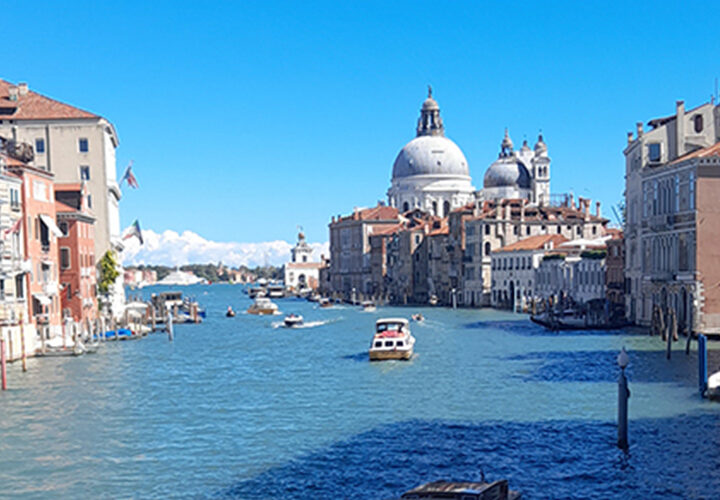The Great Staycation: is it the easier and more relaxing way to enjoy a holiday this summer?
During the Covid-19 pandemic, many Britons chose to have their summer holidays here in the UK, either because the countries they may have wanted to visit were not allowing visitors, or because the stress of travel under Covid guidelines made holidays seem too much. But now that the world has opened up again, and foreign travel is once again possible, should we be so quick to forsake the humble staycation?
My family and I have spent much of our summer holidays in Cornwall for as long as I can remember. And although I love foreign travels, a part of me always longs for Cornwall when summer begins to come around again. I noticed this year, on our annual trip, that everything seemed busier than past years. The previous few years, during the Covid pandemic and the subsequent travel restrictions, this was expected; tourists who would usually be booking flights to Mallorca or The Maldives were instead trying Britain’s own beaches in Cornwall. Some may be surprised that Cornwall has been able to maintain much of its appeal as a tourist spot, even after international travel returned to normal, but as someone who’s been going here my entire life, I totally understand it. Here’s some of my top tips for a staycation in Cornwall, what to do and what not to do, and how this compares to foreign travel.
Getting there
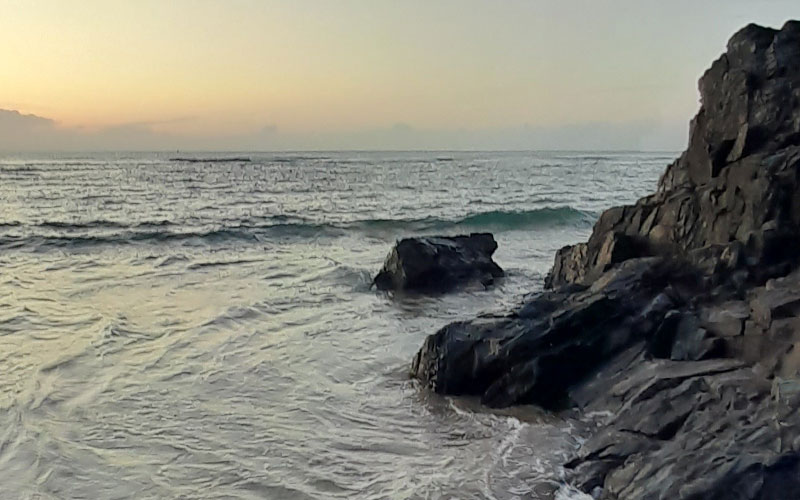
Getting there
Cornwall is a popular tourist destination for a whole host of reasons. It has golden sandy beaches, breath-taking cliffs, delicious cuisine, and a unique culture. Cornwall is, like many popular UK staycation destinations such as The Lakes or The Highlands, quite far away from… anything really. It sits at the bottom of the South-West peninsula, and is the UK’s southernmost county. As a result, this makes getting there off-putting for some people. Regardless where you’re coming from, it’s going to be a long drive, and for my family and I driving down from Cumbria, anywhere between 9 and 13 hours depending on traffic. So make sure you’re prepared for this! Bring enough snacks and water, and perhaps curate a good playlist for the drive.
- By car: If you’re driving, you can use the M5 until you reach Exeter, then join the A30 which goes into Cornwall.
- By train: If you’re coming by train, the mainline from London via Bristol goes into Cornwall stopping at Truro, Hayle and Penzance, as well as other stations. Many other towns in Cornwall have train stations that can be accessed on this line or by changing trains.
- By plane: If you wish to fly in, Newquay Airport offers a selection of internal flights, and Bristol offers a wide selection of internal and international flights.
- Travel tip: if you’re driving, avoid using your sat-nav while in Cornwall. It can often send you down inappropriate roads that ultimately take longer than going a bit further to find an A-road alternative. This is especially important if, like us, you use a large van to travel in. Road maps can be found in most service stations, tourist offices, libraries etc.
Why visit Cornwall?
With 5.5 million tourists visiting in an average year, Cornwall is one of Britain’s most popular tourist destinations, and this only seems to be increasing now that people have experienced it for the first time during Covid. There are hundreds of miles of beautiful beaches, and for many tourists the cliffs that surround the beaches are the main draw. Cornwall’s entire coastline makes up a section of the South West Coast Path, which runs along the coast from Somerset to Dorset, encompassing the coasts of Devon and Cornwall along the way. Although the whole coast path is 630 miles and takes about 7-8 weeks for most hikers to complete, if you’re looking for a shorter, more laid-back hike, choosing a section of this path can be a great place to start.
I walked the section between Gurnards Head and St Ives, a 21 mile stretch with some of the most impressive scenery on the whole trail. It has rugged cliffs, beautiful sea and a wide selection of gorgeous flora. The path doesn’t just run along the top of the cliffs though, its gradient makes it a fun and beautiful way to get some good exercise, and have a challenging hike.
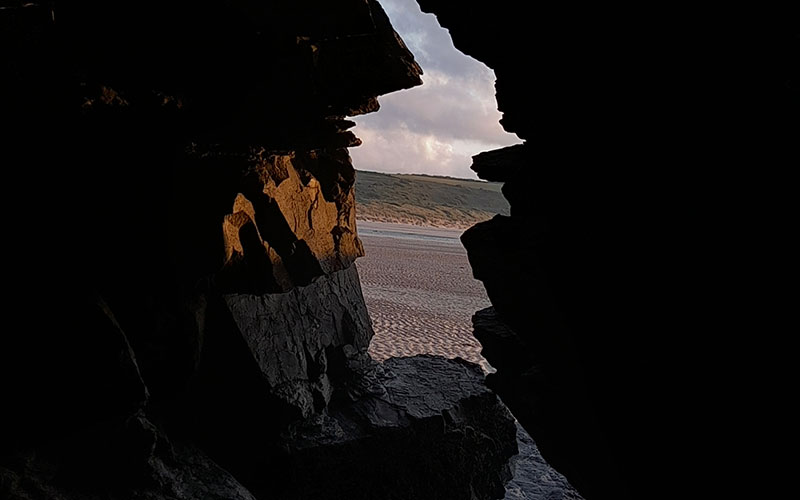
But be aware there are certain challenges that might catch you out on this walk. The terrain is often very poor, with marshes and bounders frequenting the path. There are many sections that require scrambling, which means climbing over often large rocks and often in very tight locations. I recommend researching the section of the coastal path you wish to walk in advance, as these conditions, especially in wet weather or if you’re an inexperienced hiker, can be dangerous. Due to the isolated nature of much of the coast path, and the challenging geography around it, it is very difficult for emergency services to reach you should you have an accident, so I recommend ensuring you know what terrain is coming up in advance. Should you have an accident and need help, call 999. If you’re on the beach, in the sea or in a cove ask for the RNLI/ coastguard, if you’re on the cliffs/ coast path ask for the ambulance and give your location. There are sections of this beautiful path that are flat and much more accessible terrain, and some sections with much more challenging terrain, so I suggest researching and choosing your route appropriately.
With over 250 miles of coastline, Cornwall has the most coastline of any English county. With much of this coastline being taken up with sandy beaches, it’s no surprise Cornwall has such a surfing culture. But even if surfing isn’t your thing (I never quite got past body-boarding myself) there’s still plenty to do on the beach. It’s worth researching the beach you’re going to though, as some stony beaches are perfect for sitting reading or a relaxing stroll, whereas if you or your family want to play in the sand or go swimming, sandy beaches are more recommended. Most beaches in Cornwall are sandy, but it’s worth checking before you go. I also always check how deep the water gets and how quickly: beaches like The Towan’s at Hayle are great for kids or inexperienced swimmers, and they’re very flat which means you can swim in the sea without ever being more than a couple of meters above the sandy seabed. However, if you’re more experienced and fancy a deeper swim, I recommend Porthcurno, a secluded cove that gets deep quickly, making swimming easier, but is still more sheltered from the ocean and its currents. And once you’ve dried off, you can see a play at the Minack Theatre, an open-air theatre carved into the cliff above.
My best things to do in Cornwall:
1. Land’s End. Visit the most westerly point in Great Britain, for beautiful Atlantic views.
2. The Eden Project. Hundreds of types of plant from all over the world in these majestic biodomes, as well as information about eco-trade.
3. Tintagel Caste. Ancient ruins of a castle on an island, said to belong to King Arthur.
4. The Tate St Ives. Fantastic art gallery in a beautiful setting, celebrating some amazing Cornish art.
5. Museum of Witchcraft, Boscastle. A fascinating museum about Cornwall’s superstitious heritage and the treatment of ‘witches’ in the UK. Boscastle is beautiful, too!
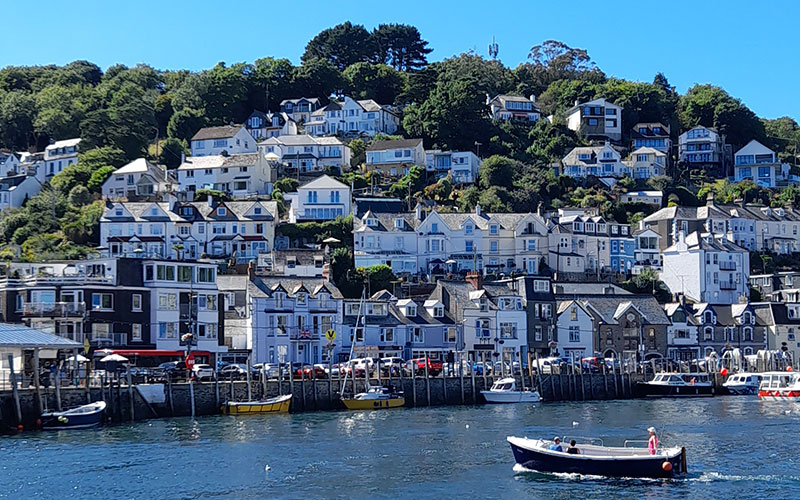
Being safe at sea.
- Always tell someone what you’re doing, and where you’re going. If you can, bring someone with you to the beach. If you’re travelling alone, or are going into the sea with all your companions, tell someone else. They don’t even have to be in Cornwall; a friend, family member or work colleague at home will do, as long as you tell them exactly where you’re going- with a postcode or what-three-words address if possible- what you’re doing, and when you expect to be back. They can then contact the emergency services where they are, and this will be connected through to Cornwall.
- Check weather, tide times and local advice before you set off. Note this may be different on every beach. This information can be found on websites such as tidescharts.com and your weather app.
- Avoid swimming in the open ocean. The open ocean is filled with currents and riptides that are very difficult to predict and can pull you further out to sea. Therefore I suggested swimming in isolated coves or in the sea by the beach, where you’re less likely to encounter riptides (although still keep them in mind, they can occur anywhere.)
- Swim in lifeguarded beaches. These are beaches that, during the day, have a lifeguard present. They are there to offer guidance on what is safe and not, answer questions, and have equipment on hand to help in an emergency. A full list of the 54 beaches currently covered can be found on cornwall-beaches.co.uk.
- Float to live. If you get into any trouble at sea, try not to panic, lie on your back, with your arms and legs outstretched like a star, and ‘float to live.’ Avoid trying to tread water or swim unless necessary, as this will waste your energy. If you have a phone on you (there are waterproof pouches available to take your phone on the water) ring 999. If not, providing you have followed the above instructions, stay calm and wait for rescue. For more information on ‘float to live’ and how to survive at sea, visit the RNLI’s official website.
Where to visit, and what to be aware of
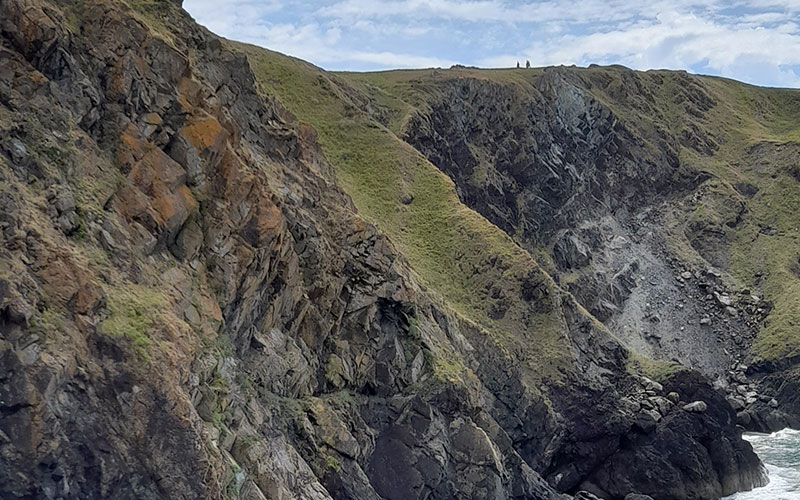
Checklist when in crowded places:
- Don’t have valuables on display or in easy places to grab. Consider putting phones and wallets in zip pockets or a bag.
- Don’t be on your phone all the time, although Cornwall is very scenic and you’ll want to take lots of photos, avoid having your phone out in front of you. Aside from accidently walking into a lamppost, being distracted by a phone makes it easier for someone to grab.
- Avoid leaving your possessions, and always watch them. If you’re having a swim in the sea and have to put your bag down, leave it with someone else in your party and/or keep a close eye on it.
- Use only licensed taxi companies. If you want to travel anywhere via taxi, ensure the company is legitimate before you get in.
- Beware the gulls! This sounds trivial, but in many of the tourist areas the gulls can be very aggressive. If you do want to enjoy a pasty or an ice cream outside, beware of these birds as they can snatch the food from you if you’re not looking.
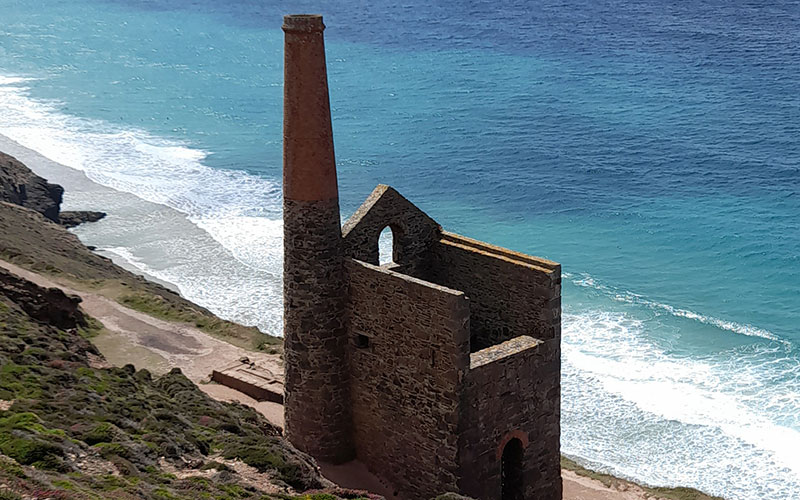
Staycations- easier than foreign travel?
Fun Cornwall Facts:
- Cornwall has its own language, Cornish! Although everyone speaks English here, locals may greet you with “dydh da.” (hello) Why not research some phrases of your own to learn to reply with!
- Cornwall is one of 6 Celtic nations, the others being Scotland, Ireland, Wales, Brittany and The Isle of Man. They’re very proud of this heritage, and you can see hints to its Celtic past embedded within Cornwall and its culture.
- Cornwall has very diverse flora and fauna, with over 285 species of plant!
- Cornwall and the Isles of Scilly (a group of islands just 28 miles from Cornwall) are the only places in the UK with a sub-tropical climate. This means it’s over 10 degrees for over 7 months of the year, allowing more diverse and tropical plants to grow.
- Cornwall has lots of exciting traditions are festivals, often coming from its pagan roots. ‘Obby ‘Oss is a festival in Padstow of unknown origin, likely originating in pagan or Celtic times. It involves costumes and a carnival. A more controversial festival is Mummers Day (previously Darkie Day) held on boxing day and New Years’ Day traditionally. In this festival that Parliament itself tried to ban, locals dress up in blackface and parade around the street. However, locals insist it’s not racist- the dark colours are merely designed to contrast with the light colours of midsummer, as this is a midwinter festival. Why not go along and see what these exciting traditions are all about!

